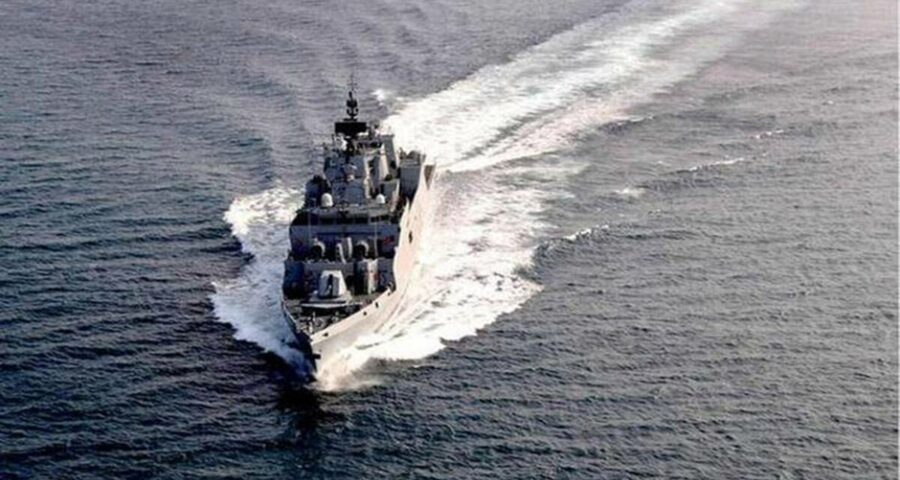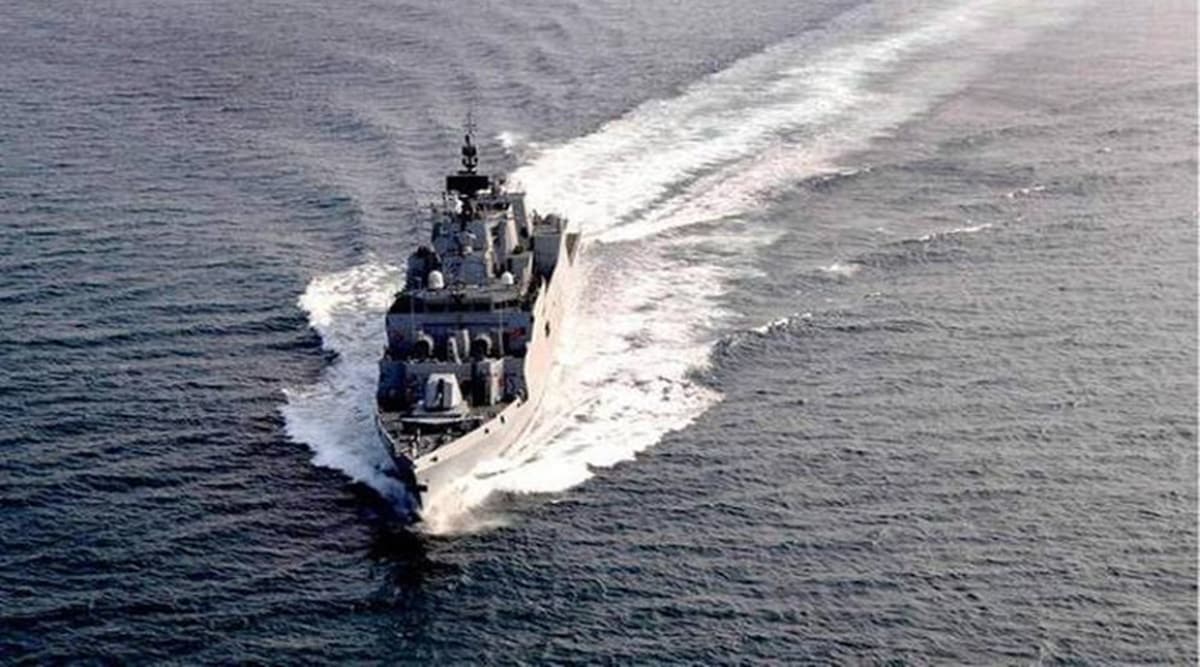Marine biology, mineral exploration and climate change studies part of five-year mission
The Cabinet Committee on Economic Affairs on Wednesday approved the Rs 4,077-crore Deep Ocean Mission that will be led by scientists at the Ministry of Earth Sciences.
The five-year inter-ministerial and inter-departmental mission will bring together researchers and experts from the Indian Space Research Organisation, Defence Development and Research Organisation, Department of Atomic Energy, Council of Scientific and Industrial Research, Department of Biotechnology and the Indian Navy.
This mission will make India one among the handful of powerful nations that already have dedicated ocean studies and missions, including the US, Japan, France, Russia and China.
The mission also provides impetus to India’s Blue Economy initiatives — planned from 2020 to 2030 — which envisages a number of researches that will be performed to study the oceans, of which very little is known. Five thrust areas under the Deep Ocean Mission are — development of technologies for deep sea mining; manned submersible; development of ocean climate change advisory services; development of technology for exploration and conservation of deep-sea biodiversity; deep ocean survey and setting up of a marine station for ocean Biology.
An estimated Rs 2,823.4 crore will be spent during the mission’s first phase scheduled between 2021 and 2024.
India, which has an over 7,500-km-long coastline, is flanked by the sea on three sides. It has nine coastal states and 1,382 islands. Given the strategic importance of the Indian Ocean region for the country, the mission will help India tighten its grip in the South Asia region.
“Attempts will be made to indigenise technologies by collaborating with leading institutes and private industries,” read the official statement about the Mission.
Though some institutions under the Ministry of Earth Sciences have their own research vessel, India will build a research vessel specifically for carrying out deep ocean explorations and it will be built at an Indian shipyard. The design, development and fabrication of specialised equipment, ships and set-up of required infrastructure is expected to bring employment opportunities for MSMEs and start-ups, the statement said.
In addition, a manned-submersible, with a capacity to carry three persons, will be developed. The submersible, equipped with scientific sensors and instruments, will dive to 6000 metres for sampling. At this depth, an integrated mining system is planned that will carry out mine poly-metallic nodules from the central Indian Ocean regions. This could give way for commercial exploitation of mineral resources from the ocean.
A UN-lined organisation with expertise in mineral exploration will guide India in identifying the areas for exploration in the region.
Source: Read Full Article


